
It is hard to imagine a wilderness more pristine than this!
How to Hydrate
There are several methods for staying hydrated while hiking in the woods, some more reliable than others. The first and most simple method is a technique that humans have used nearly exclusively since the dawn of our species - drinking water directly from lakes, rivers, creeks, and puddles.

Do you think this tiger would prefer flowing water to this muddy puddle? Probably not, I don't know if their tongues are designed that way... Image modified from Source under CC0.
No treatment is required for this method, but it is risky and can result in severe gastrointestinal distress if the water source is contaminated with a bacterial, viral, or other microbial threat.
Drinking Purity!
Depending on where you are wandering, there may be pristine sources of water where these risks are minimal at most, and other contaminated sources where illness is almost a certainty. Drinking straight from the source may be the most traditional method of staying hydrated in the backcountry, but it can also become a game of roulette.There are several methods for obtaining relatively purified and potable water in the backcountry. Some of these require no special tools, while others rely on chemical treatments or filtration. In this article, we will focus on natural methods of obtaining drinking water. Some of the techniques can be utilized almost anywhere, while others are specific to particular environments.
Seek the Source
When hyrating in the backcountry, the initial purity of the water is greatly increased by targeting water that is flowing and close to the source. Water collected in close proximity to the groundwater source will have less of a chance to be exposed to microbial contaminants.
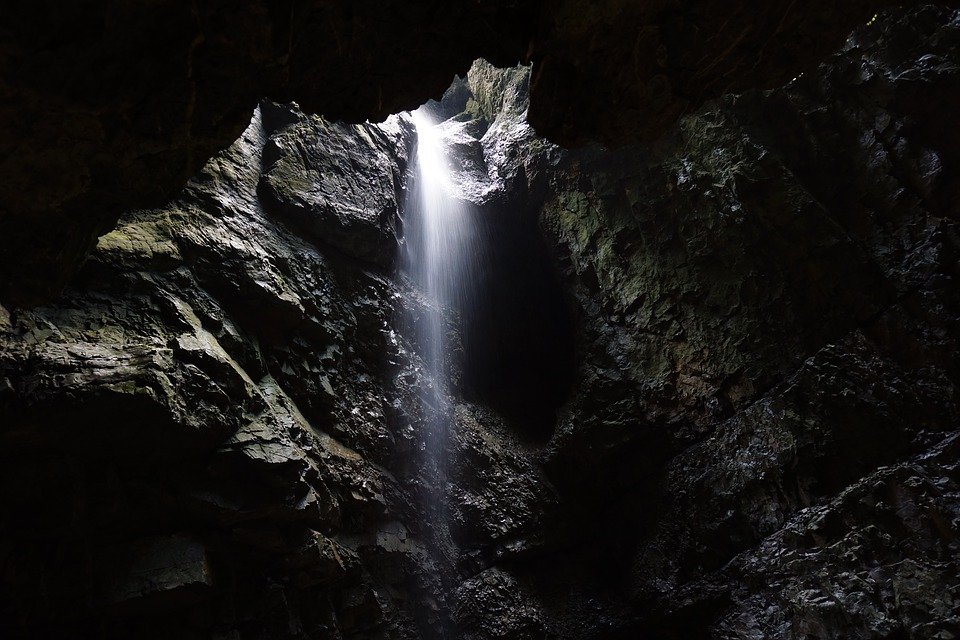
Water flows from high to low, so prepare to climb if you dare to seek the source! Image from Source under Pixabay License.
The farther that water is collected from the source, the more likely it is to be exposed to other pollutants such as chemicals, fertilizers, sewage, and hydrocarbons. These toxins are introduced to watersheds as storm runoff from roadways, lawns, drains, and agricultural fields. It is not advisable to drink water collected near an urbanized area.
Go with the Flow
By ensuring that the water source is moving, you further decrease the chance of exposure to harmful bacteria, as studies have found that some microorganisms tend to attach to surfaces in moving water. Collecting moving water also invokes the sensation of accessing standard tap water, with that familiar increasing pitch sound as your bottle fills up.

The color of the water in not always an indication of its purity. Tannins may make the color unappealing, but the taste remains predominantly unaltered!
During drought conditions, the water table is lowered and the upper reaches of a given watershed will typically be dry. In these circumstances, you may need to follow flow direction downhill until a natural spring is located.
Stay Calm
When flowing water is difficult or impossible to access, containment reduction is possible while collecting from a still water source such as a pond or lake. It is important to take care to not disturb the surrounding sediment and to target collection areas that are clear of algal blooms and detritus.No matter how still you try to be, some disturbance always occurs.
A collapsible bucket or large container makes the process of collecting water a little easier (and quicker). If an area is disturbed, it may be necessary to move to a different location or wait a few minutes for the sediment to settle before collecting water.
Dig Deep
One of the most reliable ways to obtain filtered water in nature is to dig down. Water wells have been constructed and used since the dawn of civilization. Water that is in the ground is naturally filtered by gravity and the surrounding rock and sediment, removing most of the harmful microbes that exist at the surface.
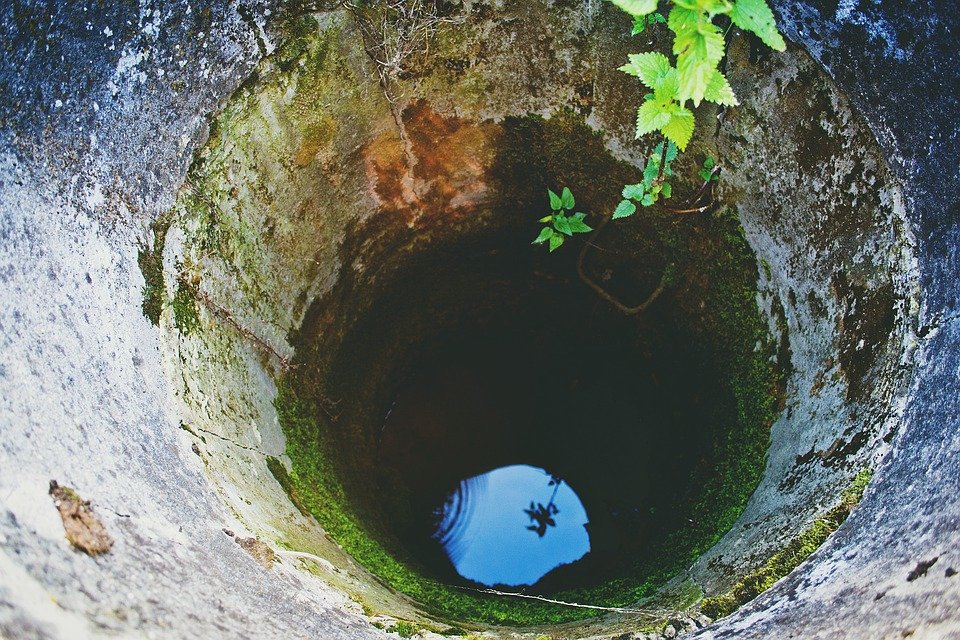
Wells are not only good for making wishes... Image from Source under Pixabay License.
This technique works great if you are building a homestead or a semi-permanent camp, but is less practical for a transient backpacker. However, in an emergency or drought situation when surface water is unavailable, digging a sump may be necessary.
Catching Rain
Although this method is as unreliable as weather forecasts, the process of evaporation purifies water and accordingly rain water is generally safe to drink. Even in a light rain event, a small tarp can rapidly collect pure water. The main problem is that it is impossible to control when and how much it rains.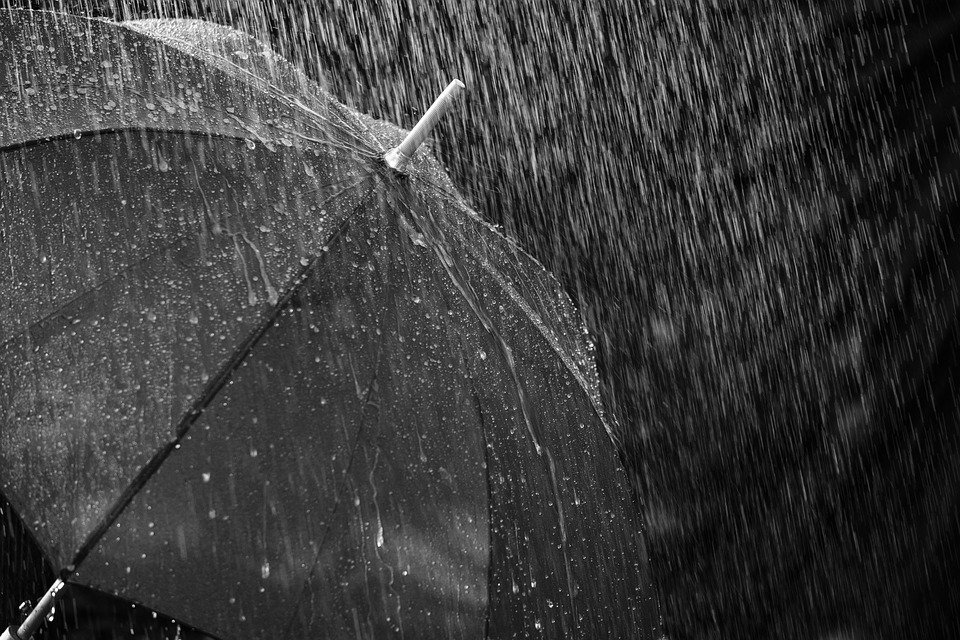
The drops we try so hard to avoid can be a blessing! Image from Source under Pixabay License
Beware of rain that falls through a forest canopy and collects microorganisms along the way. Another issue associated with this method is the occasional occurrence of algal spores and other airborne pollutants contaminating and acidifying rain water.
Tapping Trees
There are a number of tree species that naturally contain significant amounts of slightly sugary water in the winter and early spring. First, the trees are tapped and their sap then collected. Once boiled down and thickened, the sap from a sugar maple tree becomes the common pancake treat known as maple syrup.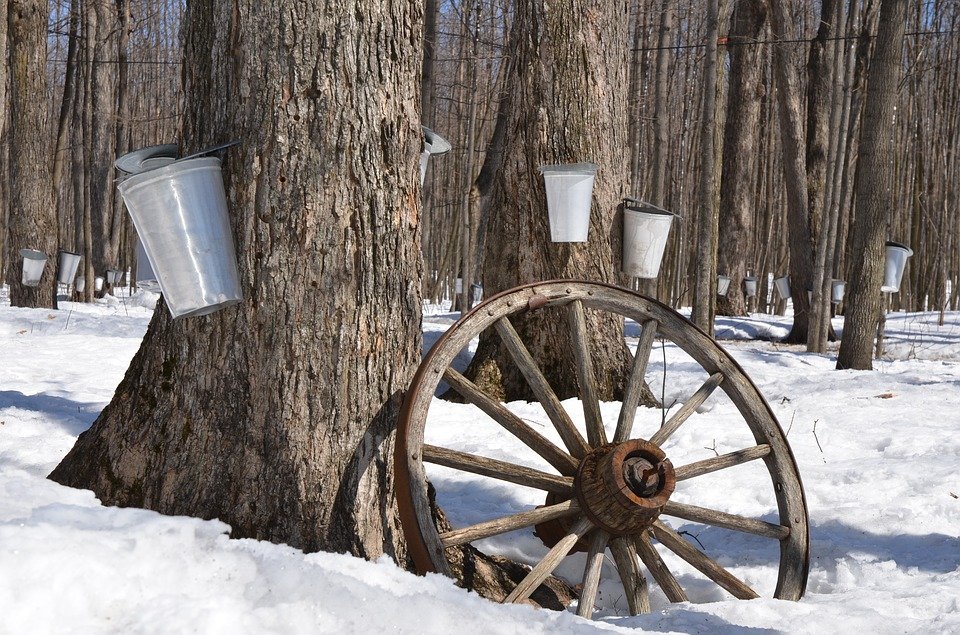
The sap of many trees can be used to hydrate straight from the tap! Image from Source under Pixabay License
Some other tree species that can be tapped for hydration include birch, sycamore, ironwood, and black walnut. While the process of tapping can be made sustainable, it should be done in moderation and only with more mature trees. Coconuts, bamboo, and cacti can also be valuable water resources when they are native to the environment being explored.
Seeking Sun
Water that lacks purity can still be made safe to drink in the backcountry on a sunny day. The energy from our nearest star contains ultraviolet radiation that is sufficient to kill most microbial threats near the surface.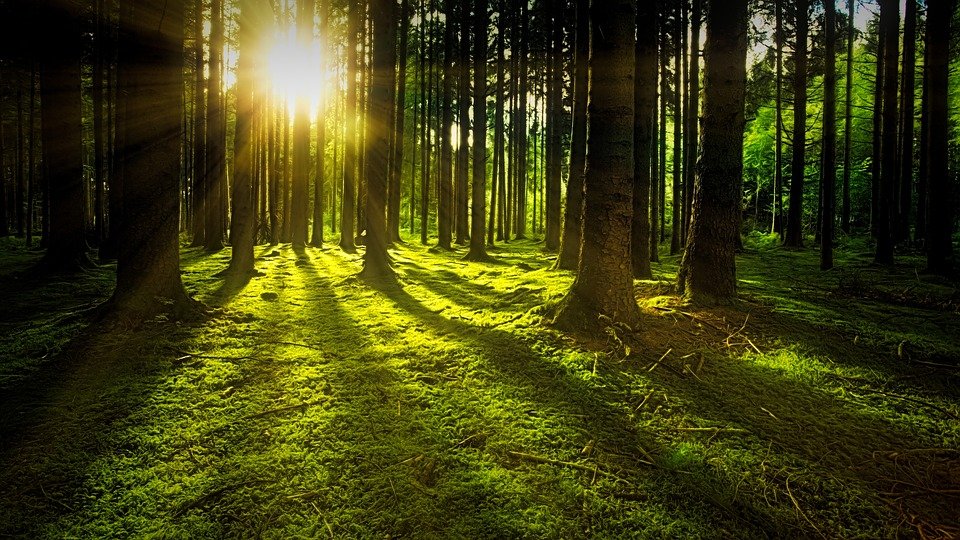
Who knew the suns rays could be so useful? Image from Source under Pixabay License.
If collected water is put in a clear plastic bottle and exposed to direct sunlight for 6 hours, the majority of biological contaminants will be killed by the UV-A radiation. On a cloudy day, the required exposure time increases dramatically.
Melting Snow
If you are hiking during the winter and/or in alpine environments, the prevalent snow can sometimes be your only source of water. Use caution when eating snow directly, as the energy required to melt the snow can be taxing on the body's core temperature. There are also concerns for harmful algae species that bloom on waning snow banks.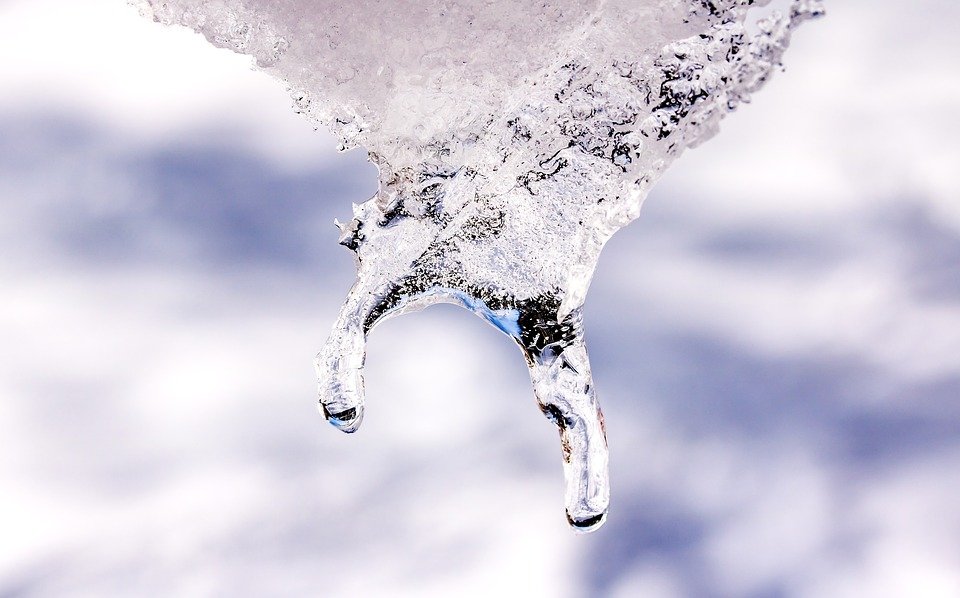
This method produces water that is deliciously cold! Image from Source under Pixabay License.
If you must consume snow for hydration, melt it in the sun or with body heat by putting snow in a water bottle and keeping the bottle inside your coat. If you cannot collect fresh snow, the resulting water should be treated before consumption.
Is Dew for You?
Water vapor will naturally condense and collect as water droplets on plants and other surfaces when the dew point is reached. It is easiest to collect dew on clean cotton fabric before the sun rises and evaporates the condensation. Wring the water into a bottle for future consumption or directly into your mouth for satisfying immediate re-hydration. This method is prone to having some biological contaminants living on the surfaces, so use sparingly or with alternative treatment methods.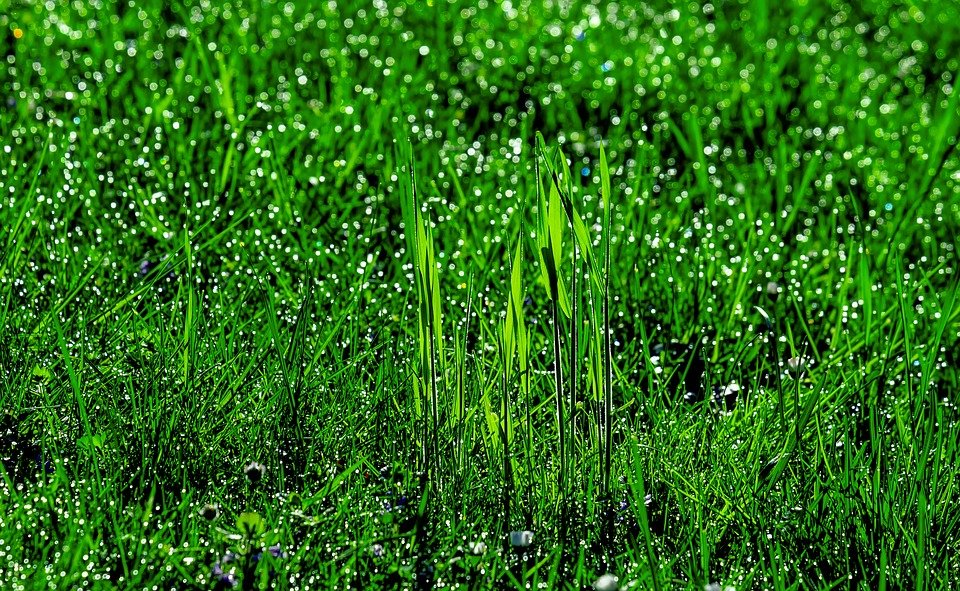
If you aren't a morning person, dew is not for you. Image from Source under Pixabay License.
Another way that plants can be used to collect water is by capturing the water vapor released through transpiration. By simply wrapping a plastic bag around some leaves and placing a small rock in one corner of the bag as a weight, a small amount of clean water can be gathered overnight.
Parting Thoughts
If you plan to spend time in the wilderness, knowing how to safely obtain water is a necessary survival skill. Depending on the environment that you are exploring, a number of different techniques exist to assist with finding hydration. In other cases, water will simply be unavailable and the only viable option is to make a water cache. Do research and be prepared for the area that you will be hiking in. Always call the land ownership group for latest trail conditions and share your hiking plans with friends and family.So, water you waiting for? Get out there and hike!!
